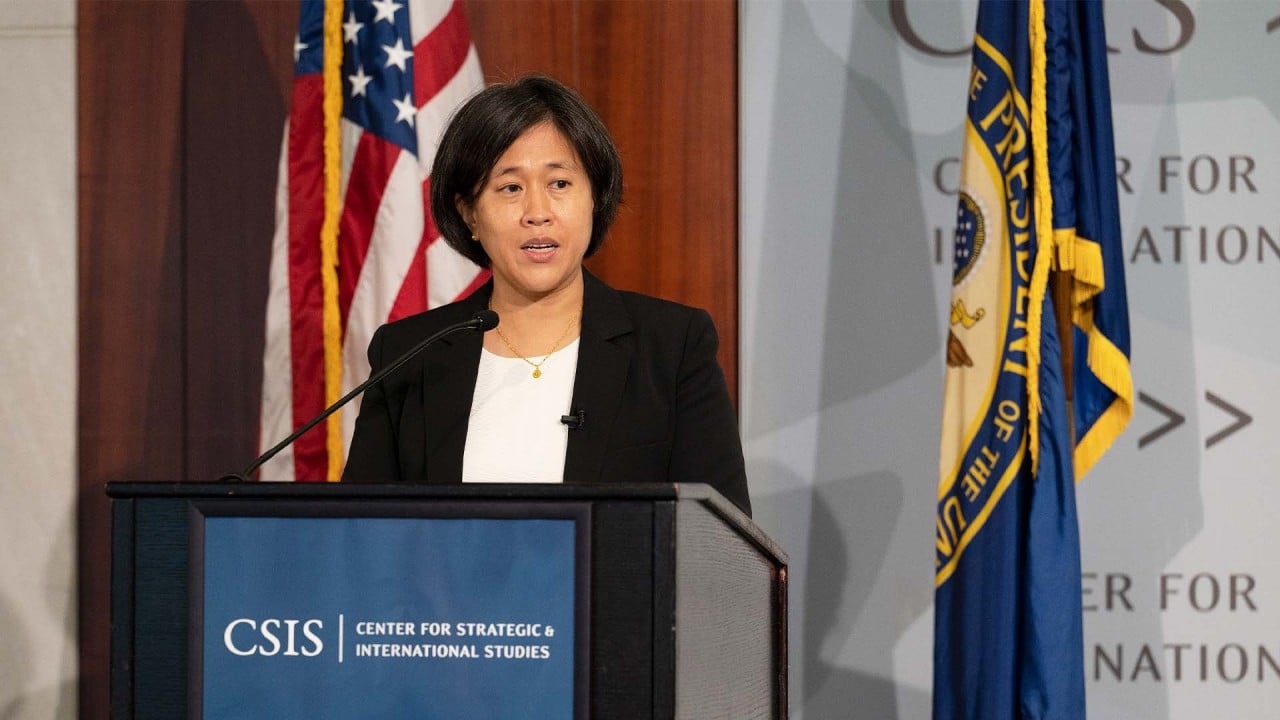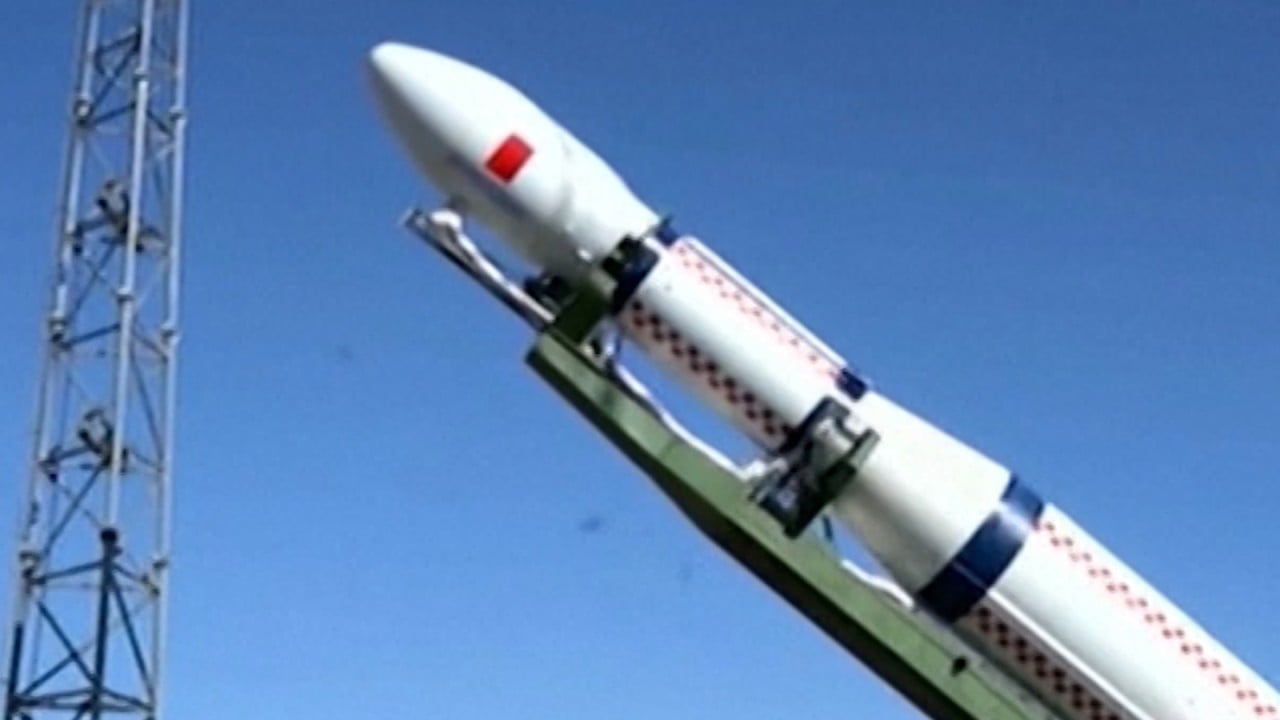
Self-defeating US tech war represents China’s Sputnik moment
- While US technology sanctions have impeded innovation in China, it’s open to question whether they sufficiently suppress China’s rise and at what cost to the US economy
- The US’ efforts could stifle domestic innovation and drive away start-ups and tech companies while benefiting other countries and forcing China to become free of American tech
The United States is waging multipronged economic warfare on China, justified by a litany of alleged Chinese economic misconduct. US-China rivalry will play out primarily in the economic and technology spheres in this decade and the next.
Innovation is a globally connected phenomenon. Apart from how the US “learned” from Europe at the beginning of its industrialisation, the US benefited from talent and technology as a result of the exodus from Nazi Germany.
For example, US chip maker Qualcomm co-developed its CDMA technologies in partnership with South Korea. Dutch ASML’s machines for making advanced chips are built upon technology and components from Germany, Japan and the US. Neither the US nor China can innovate effectively if cut off from the global technology ecosystem.
Given their complementary and integrated supply chains, US-China rivalry exposes vulnerabilities in mutual dependence that may be perceived, potential or realised. Before the Covid-19 supply chain disruptions, US vulnerabilities to China were mostly perceived or potential.
The US wants to maintain maximum leverage on China while curtailing China’s potential leverage, where China is a peer or leader in a broad range of technologies from electric vehicles to drones.
Given that US semiconductor technology is embedded in every modern machine from mobile phones to cars, the US can inflict heavy damage on China. But its political-economic system may limit how coordinated it can be in its long-term race against China.
US companies pursue borderless commercial interests. Meanwhile, US politicians engage in China-bashing to advance short-term political interests, and few have the incentive or capacity to make coherent long-term programmes happen.
Wide access to high-performance and low-cost broadband networks is essential to the digital economy. The dismantling of AT&T through antitrust actions left the US without a strong competitor to Huawei Technologies Co. But the ensuing competitive telecom networks paved the way for tech giants from Amazon to Google.
US companies from Intel Corp to Qualcomm need access to the vast Chinese market to generate the profits required to fund innovation. With their profits suppressed by government restrictions, competitiveness suffers.
US attempts to thwart China’s industrial policy are a costly mistake
Unlike Chinese companies, US companies’ primary allegiance is to their shareholders. To overcome US sanctions, some American tech companies may relocate selected research and development and manufacturing operations overseas, undermining rather than buttressing the country’s technological edge.
Longer term, company founders would not want to deprive their companies of access to the world’s largest market. As a result, the start-up space may flatten, making “neutral” countries like Singapore more attractive. America’s role as a global innovation hub may diminish.
All these are self-inflicted costs, even before any serious retaliatory Chinese actions.
Given the economic calculus, it is unlikely that other advanced economies would copy Australia’s “all in” bet against China – a winning economic outcome is difficult to imagine. Just as US agricultural and resource companies have gained market share in China at the expense of Australia, European and South Korean technology firms can seize the opportunities in China vacated by American firms.
US technological sanctions will realistically decelerate innovation for both China and the US while inadvertently advancing the economic interests of the likes of Germany, Japan and South Korea. They should let the US continue.
America’s technological suppression represents China’s Sputnik moment. Raimondo has thrown down the gauntlet, and this will strengthen Beijing’s resolve to free itself from the US chokehold.
Instead of sharing prosperity in coupled commerce, the US may be threatening its future.
Winston Mok, a private investor, was previously a private equity investor




